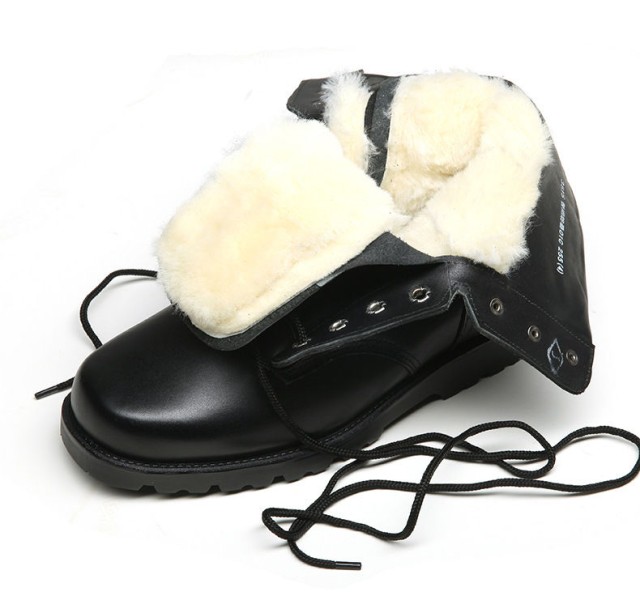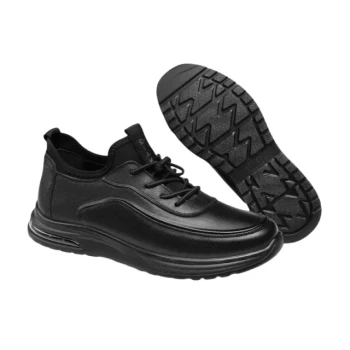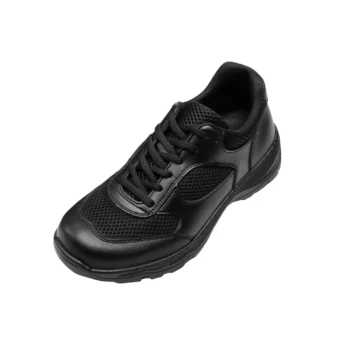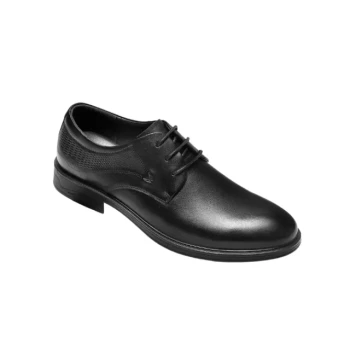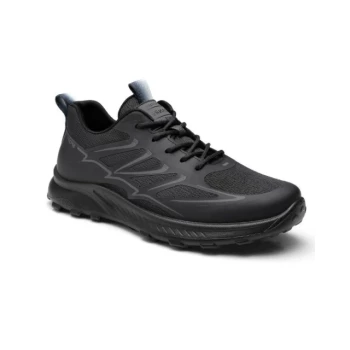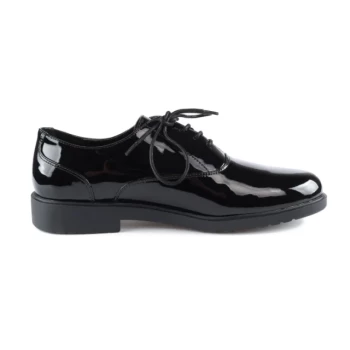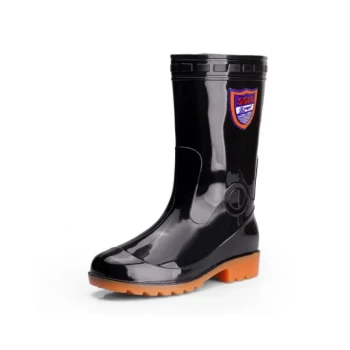For discerning footwear enthusiasts, Goodyear welt shoes represent both craftsmanship and investment. Unlike mass-produced alternatives, these shoes can serve wearers for decades—but only when stored using techniques that combat moisture deformation, fiber degradation, and structural collapse. This guide reveals professional storage protocols developed by footwear manufacturers to maintain your shoes' integrity season after season.
Preserving Craftsmanship: Why Goodyear Welt Shoes Demand Specialized Care
Goodyear welt construction combines stitched durability with replaceable components, creating footwear that outlasts glued alternatives. However, their layered leather and cork foundations require vigilant storage to prevent:
-
Torsional Warping
Unsupported soles bend under their own weight, distorting the shoe's original footprint. Research indicates improper storage accelerates sole separation by up to 40%. -
Fiber Brittleness
Leather loses elasticity when exposed to temperature swings, leading to cracks at stress points like toe creases. -
Moisture Trapping
Residual sweat permeates insoles, creating microbial breeding grounds that degrade stitching threads.
Pro Tip: Rotate between multiple pairs to allow 24-48 hours of drying time between wears—a practice proven to triple shoe lifespan.
The Science of Shoe Trees: Materials, Moisture Control, and Shape Retention
Not all shoe trees are created equal. These are the critical selection criteria for Goodyear welt models:
Material Matters: Cedar vs. Alternatives
-
Unfinished Cedar:
- Absorbs moisture equivalent to 30% of its weight
- Releases aromatic oils that deter insects
- Avoid varnished variants—they seal moisture inside shoes
-
Spring-Loaded vs. Solid Trees
Spring mechanisms provide adjustable tension for width variations, while solid trees maintain consistent pressure ideal for correcting toe box collapse.
Installation Techniques
- Insert trees immediately after removal while shoes retain foot warmth
- Gently expand the tree to fill 90% of the shoe volume—overstuffing stretches seams
- Position the heel block flush against the counter for posterior support
Environmental Mastery: Balancing Temperature, Light, and Humidity
Footwear conservationists recommend maintaining storage zones at:
-
Temperature: 60-75°F (15-24°C)
Fluctuations beyond this range cause leather to expand/contract -
Humidity: 45-55% RH
Use silica gel packs in enclosed spaces, replacing them when crystals turn pink -
Light Exposure:
UV radiation fades colors and dries oils. Store shoes in opaque boxes or cloth bags—never clear plastic.
Did You Know? A study of museum-grade footwear collections found shoes stored in total darkness retained 78% more original dye saturation after a decade.
Seasonal Storage Protocols: From Daily Wear to Long-Term Archival
Active Rotation (Weekly Wear)
- Brush with horsehair after each use
- Use cedar shoe horns to preserve collar shape
- Store on ventilated shelves, not enclosed spaces
Off-Season Storage (1-6 Months)
- Clean with pH-balanced leather soap
- Apply conditioner sparingly to stitching areas
- Wrap in acid-free tissue before boxing
Archival Preservation (6+ Months)
- Insert moisture-wicking wool pouches in toe boxes
- Replace standard laces with unbleached cotton to prevent dye transfer
- Conduct bi-annual inspections for early mold detection
Ready to Elevate Your Footwear Line's Quality? Partner with 3515—the manufacturing experts behind premium Goodyear welt shoes for distributors and brands. Our advanced production techniques ensure every pair meets archival-grade durability standards. [Contact our team] today to discuss your bulk footwear needs.
By implementing these storage methodologies, your Goodyear welt shoes will maintain their structural integrity and aesthetic appeal, transforming them from mere footwear into generational assets. Remember: proper care today means decades of wear tomorrow.
Related Products
- Custom Manufactured Air Cushion Leather Business Shoes for Wholesale
- Wholesale Leather Derby Shoes Manufacturer | Customizable Business & Dress Footwear
- Wholesale Comfortable Business Casual Shoes Custom Manufacturing
- Wholesale Comfort Leather Business Shoes with Dial Lacing System
- Classic Leather Derby Dress Shoes Wholesale & Custom Manufacturing
Related Articles
- How Safety Trainer Materials Adapt to Workplace Hazards and Comfort Needs
- How Safety Shoe Innovations and Rigorous Testing Ensure Compliance with Global Standards
- Decoding Business Casual: A Practical Guide to Aligning with Unwritten Workplace Dress Codes
- Why Goodyear Welt Construction Delivers Unmatched Durability and Value
- How Goodyear Welt Construction Delivers Decades of Wear: An Engineering Perspective
